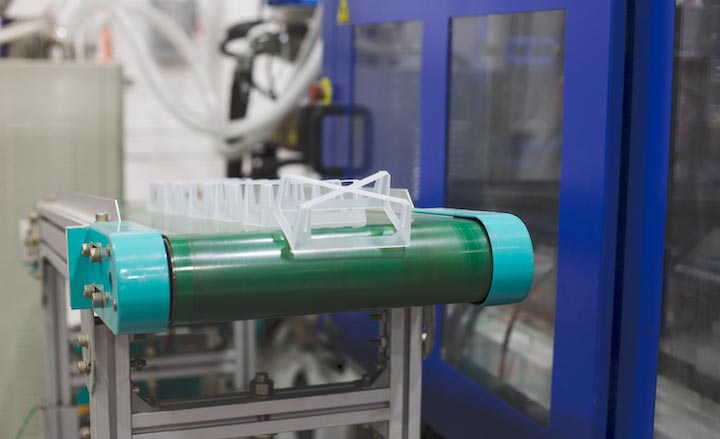The Accura Xtreme Grey or White 200 is a truly remarkable material that boasts exceptional performance in the world of additive manufacturing. Renowned for its high resolution and superior surface finish, the Accura Xtreme Grey or White 200 is an ideal choice for a wide range of applications.
Whether you are looking to create intricate prototypes, functional models, or even end-use parts, this material delivers outstanding precision and detail. Its versatility allows for complex geometries and delicate features to be produced with ease.




